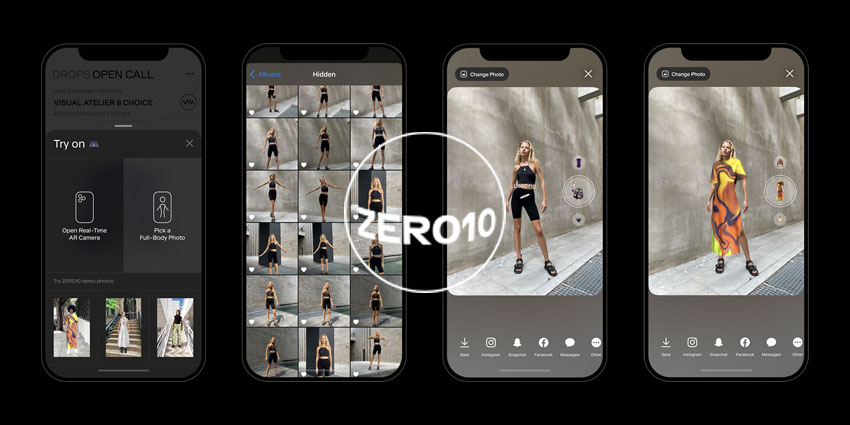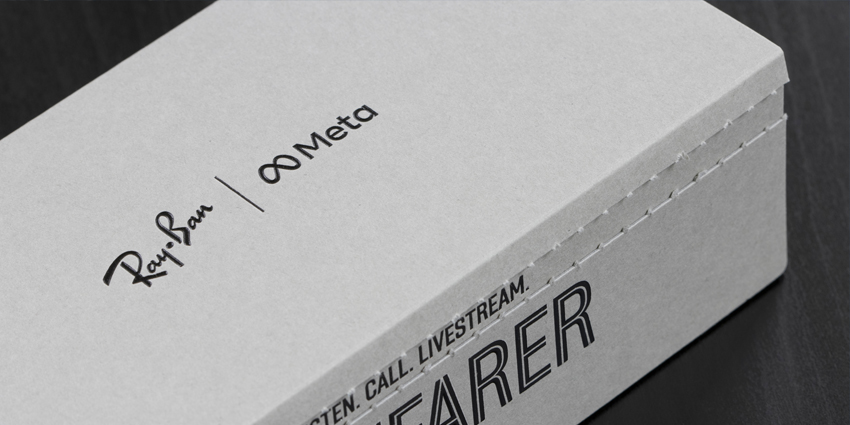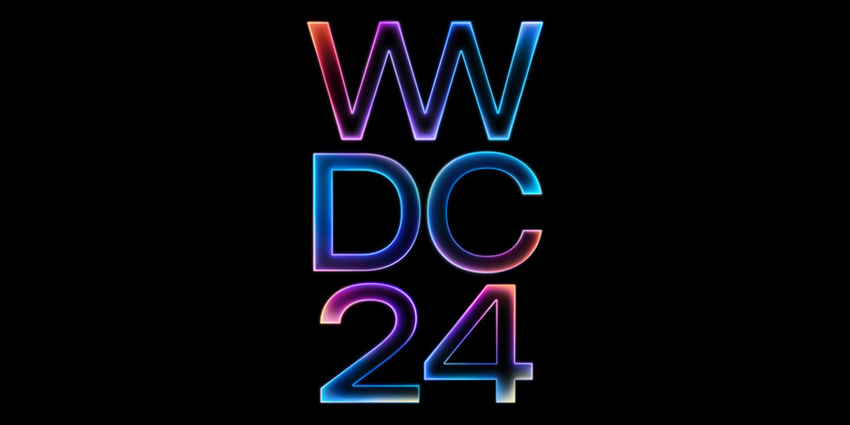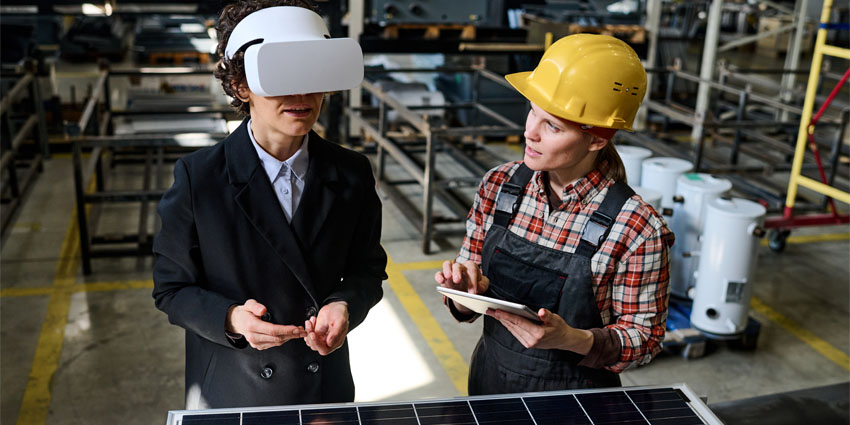The history of augmented reality (AR) started in 1968 at Harvard with the invention of the first AR head-mounted display (HMD) system. However, only in the recent decade, AR has gained the status of a technology with broad practical applicability.
In 2017, Apple CEO Tim Cook, a huge augmented reality enthusiast, stating that AR could be used “everywhere” ― “in education, in consumers, in entertainment, in sports”.
For a while, AR was mostly associated with entertainment such as video games and social media AR filters known as masks, but now it is proving to be a powerful tool for medicine, education, science, logistics, and other fields. Retail is one of the sectors that hugely benefits from implementing AR.
The industry’s most forward-thinking players are already experimenting with the technology and see its potential to positively impact the industry.
AR is becoming more and more popular among brands and retailers which work with furniture, clothes, footwear, accessories, and beauty products. With the help of AR, they are trying to tackle problems connected with production challenges, financial efficiency, shifts in consumer habits, and sustainability.
AR’s Impact on Business Processes
Currently, one of the key opportunities that AR offers to retail is the ‘try-before-you-buy’ experience, where consumers can preview and assess how furniture will look in their homes, how clothes, shoes, and accessories will appear on their bodies, and how makeup and hair coloring products can enhance their faces and heads. Customers can use their smartphone cameras to superimpose a virtual object on physical environments or themselves.
The pandemic has boosted the popularity of online shopping, but many consumers still use AR to try on clothes, shoes, accessories, and makeup to decide on their purchases. Consequently, for eCommerce, AR try-on is essential to increase sales, because people buy more when they feel confident in their choices.

Take fashion, for instance. A group of researchers from South Korea and China found that virtual clothing fitting increased an average basket value per customer and cut return rates by 27 percent by filtering out improper fits.
Brick-and-mortar stores can implement AR try-on too. In this case, the technology is hidden inside a physical virtual mirror, which lets shoppers try on AR garments or makeup in an easier and more fun way. In terms of clothing stores, with these devices, firms can use valuable retail space for something better than fitting rooms and customers can save time and energy while trying on more items.
In the future, AR try-on may become a solution for smarter manufacturing and reducing humanity’s negative impact on the environment. Businesses can achieve this by using AR try-on technology to showcase concepts of products that are not yet produced.
Customers will request items they like, allowing retailers to predict the exact demand for each products, dramatically reducing product overproduction for items that eventually never get sold and end up in trash, polluting the environment. For example, in fashion retail, around 2,150 pieces of clothing are thrown away each second in the US alone.
Also, enterprises can apply AR to optimize retailers’ warehouses. German logistics provider DHL is already using augmented reality to increase employee productivity. At some DHL warehouses, staff wear smart glasses that help them find the best routes to the items they need to pick up. The devices also show information about an order, so workers do not have to carry scanners or papers. DHL reports that the innovation helps to speed up the logistics and reduce errors, which also saves time.
Consumer Engagement and Loyalty
Today, retailers are faced with finding new ways to build and preserve relationships with their clients. Contemporary consumers want more personalization and perceive shopping as an experience rather than a mundane, unemotional exchange of money for goods. AR is an great tool to enrich the shopping experience and enhance marketing.
The technology bridges the physical and digital worlds, bringing the advantages of e-commerce to brick-and-mortar stores. For example, retailers can build an AR experience into windows of a physical shop, like Christmas at Harrods last year, or into an indoor kiosk to entertain customers interacting with it.
Firms can also leverage AR for gamification, which may be a separate marketing solution such as when video games resembling the mechanics of Pokémon Go are utilized similarly in warehouses to help customers navigate offline stores.
AR masks for social media platforms have already been a popular marketing solution for a long time. Their popularity proves that consumers enjoy engaging and playing with AR, and with its development, marketers can deploy even more AR solutions. For instance, companies can offer exclusive virtual-only items such as non-fungible tokens (NFTs) to customers as a part of a loyalty program.
Besides, it looks like more people will migrate to the Metaverse in the future. Retailers will need to reach that audience too, and AR is a great way to start experimenting with the possibilities of creating products and advertisements for the digital world.
Examples of AR application by Retail
To get inspired, one can look at brands and companies that successfully prove AR as a force for revolutionizing retail.
IKEA Studio is an app that helps customers assess how furniture will look in their apartment or office before buying it. Powered by AR, it enables users to place digital 3D models of items from IKEA’s catalogue anywhere they want with the help of their smartphone camera. The app can scan space and show a very accurate picture of how a product will fit in a room in terms of size. All 3D models look highly realistic, which makes the process enjoyable and truly useful.
Modiface is a software company with about 10 years of experience and research that creates real-time video and photo try-on solutions for the beauty industry. It offers tools for eCommerce and physical stores that allow customers to try on products for face and hair. The Modiface team has developed a patented cross-platform AR software development kit (SDK) widely used by various beauty brands, including luxury fashion giants LÓreal, Garnier, and Armani.
Zero10 is a startup with its own proprietary AR try-on technology for clothes, which leverages several key emerging technologies such as 3D body tracking, segmentation, and cloth simulation. Zero10 is focused solely on apparel because clothing try-on services are one of the most complicated services in the industry. To feel realistic and high-quality, it needs to suit all the possible variations of a human body and translate the qualities of textiles and other materials used in garment manufacturing. The company also offers products and solutions for both online and offline retail. For instance, Zero10 has integrated its AR try-on into the online store of the fashion brand Maisie Wilen.
Wanna focuses on developing AR try-on for sneakers and is developing its own technology powered by neural networks and 3D geometry algorithms. It can be accessed within Wanna’s own app, Wanna Kiks, or at platforms owned by brands that have partnered with the developer. It functions similarly to IKEA Studio, but with 3D models of sneakers that users can put on their feet via a smartphone camera. The company’s portfolio includes partnerships with big names in fashion such as Gucci, Puma, Asics, Lacoste, and Adidas.
Nike has been experimenting with AR for a while now. The sportswear brand patented its own AR design system in 2016 and uses AR for a variety of purposes. For instance, they have the Nike Fit feature inside the brand’s app that helps users measure their feet, find their size accurately, and try on 3D models of sneakers. Also, Nike uses AR for the brand’s presentations and to entertain their audience in the physical stores, namely at its flagship London-based store, where it opened an AR-powered sneaker customization studio, with a second augmented and mixed reality studio launching in Shanghai.
George Yashin is the CEO and Co-founder of ZERO10, a leading AR fashion platform providing innovative tech solutions for brands entering the digital world. He is an entrepreneur and founder of several successful ventures with over 15 years of experience in fashion, tech, visual arts, and product design fields. For more information, kindly visit ZERO10’s website.






